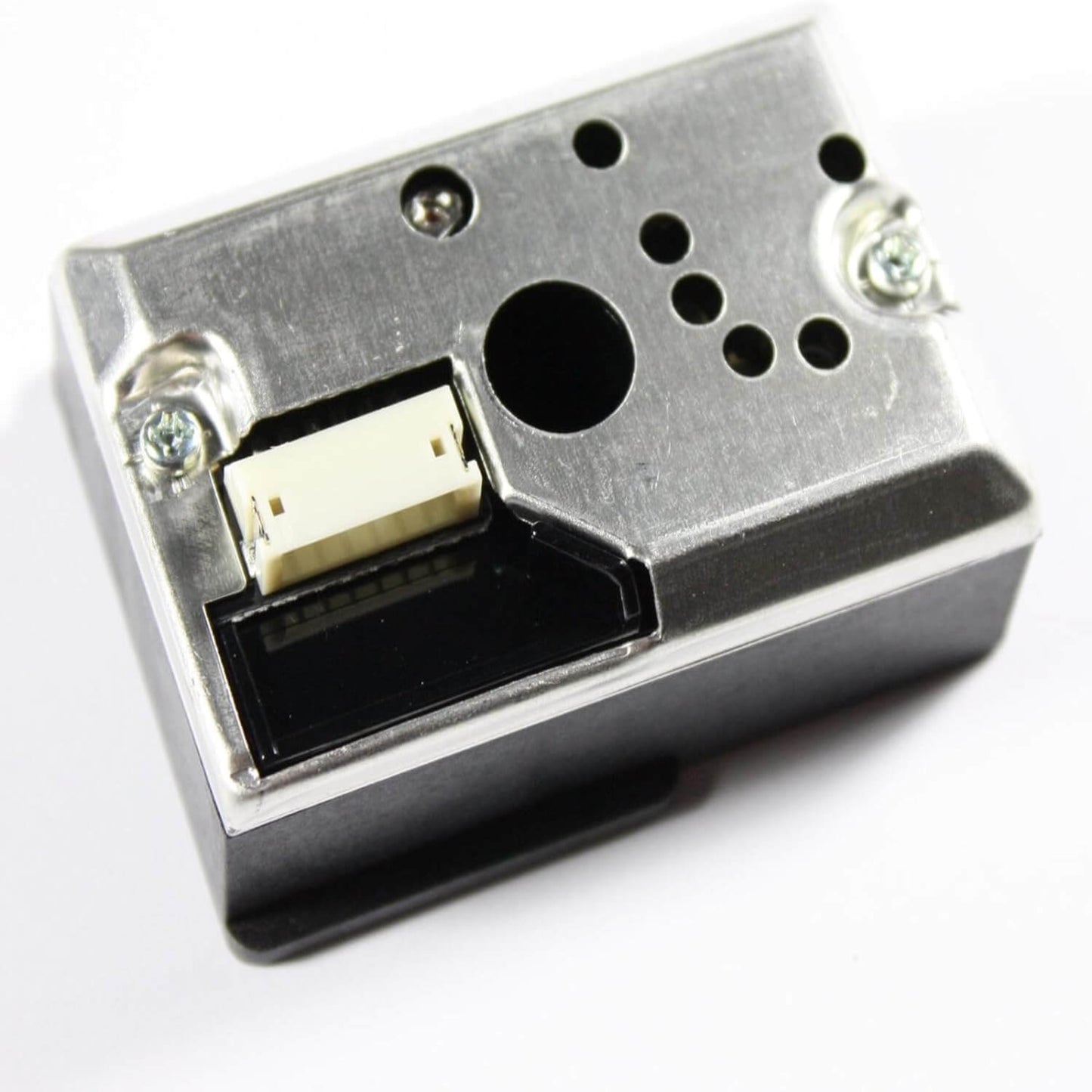1
/
of
4
sales
GP2Y1010AU0F Fine Dust Sensor with Cable for Arduino
GP2Y1010AU0F Fine Dust Sensor with Cable for Arduino
Regular price
HK$45.00
Regular price
Sale price
HK$45.00
Shipping calculated at checkout.
Quantity
Couldn't load pickup availability
Sharp GP2Y1010AU0F Dust Sensor for Arduino
Enhance your air quality monitoring projects with the Sharp GP2Y1010AU0F Fine Dust Sensor. This compact and reliable sensor detects fine particles in the air using an infrared LED and phototransistor setup, providing accurate and real-time readings of dust concentration.
Key Features
- Precise Air Quality Measurement: Detect fine particulate matter (PM) in the air. Ideal for monitoring dust levels indoors or in environmental projects.
- Easy Integration: The 6-pin connector allows quick connection to Arduino or other microcontroller boards. Includes all necessary components — 220µF capacitor, 150Ω resistor, and connection cable.
- Low Power Consumption: Operates efficiently with a typical current draw of only 20 mA, making it suitable for continuous air quality monitoring systems.
- Versatile Applications: Use it in air purifiers, smart home systems, weather stations, HVAC control, or indoor environmental monitoring.
- Reliable Sharp Quality: Backed by Sharp’s proven sensor technology for accurate particle sensing and long-term stability.
Specifications
- Model: GP2Y1010AU0F
- Operating Voltage: 5 V DC
- Output Voltage: 0.5 V (0 µg/m³) to 4 V (500 µg/m³)
- Power Consumption: Max 20 mA
- Output Type: Analog voltage output
- Dimensions: Compact, lightweight design for easy integration
Package Includes
- 1 × GP2Y1010AU0F Dust Sensor module
- 1 × Connection cable
- 1 × 220µF capacitor
- 1 × 150Ω resistor
This sensor is a perfect choice to measure and improve indoor air quality in your DIY or Arduino-based smart environment projects.
Share








